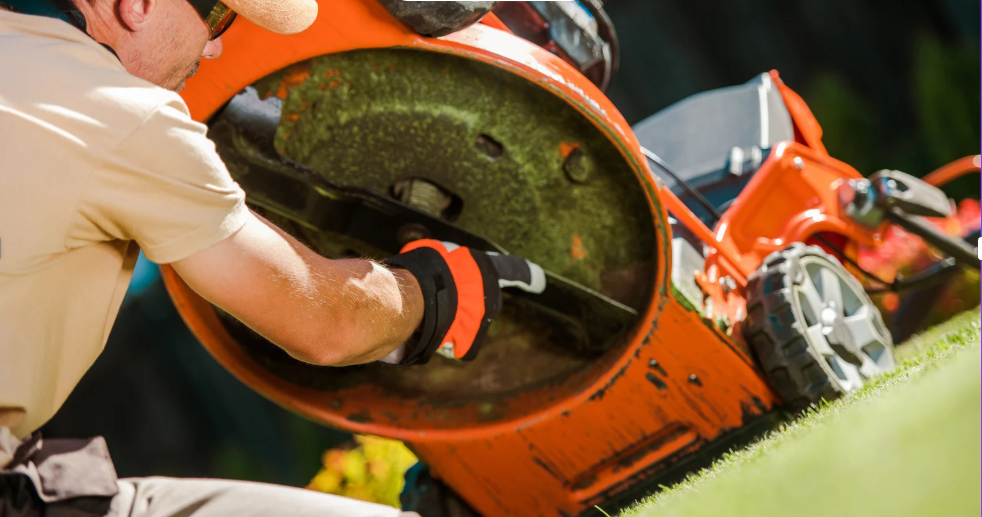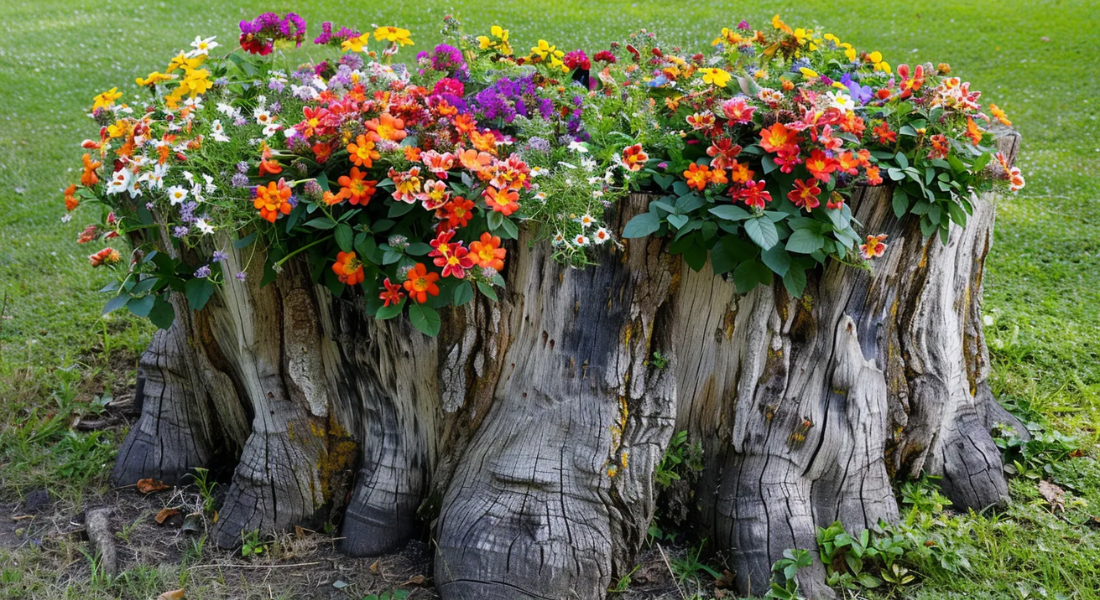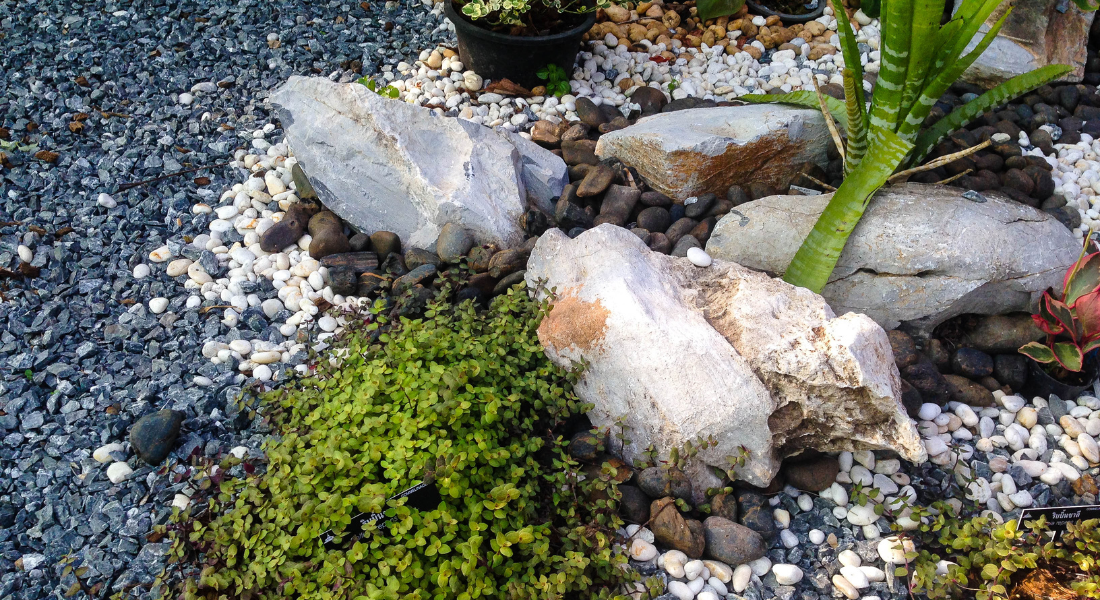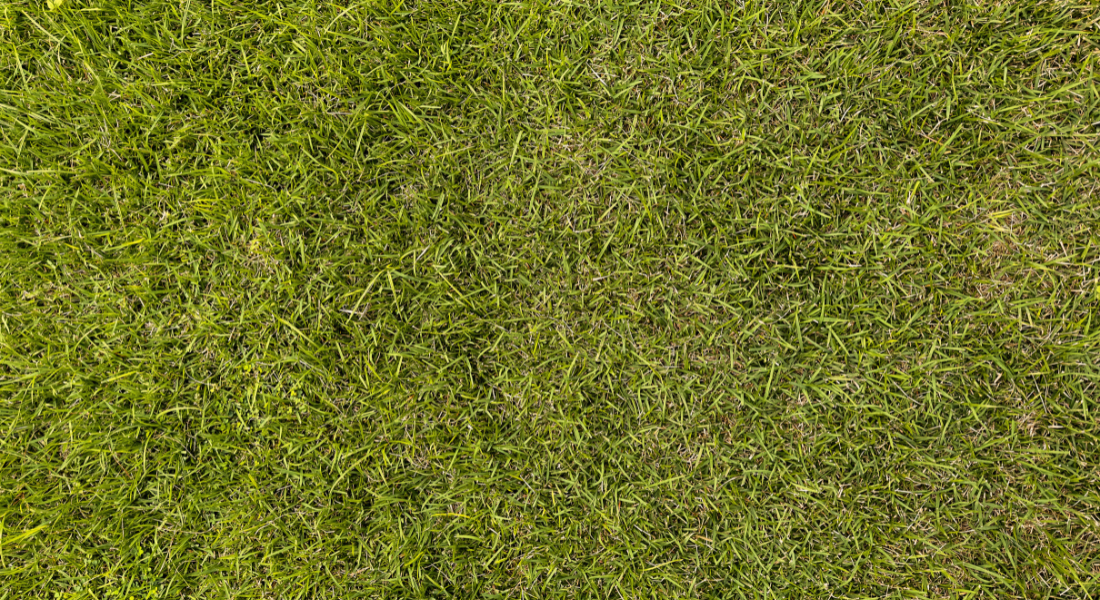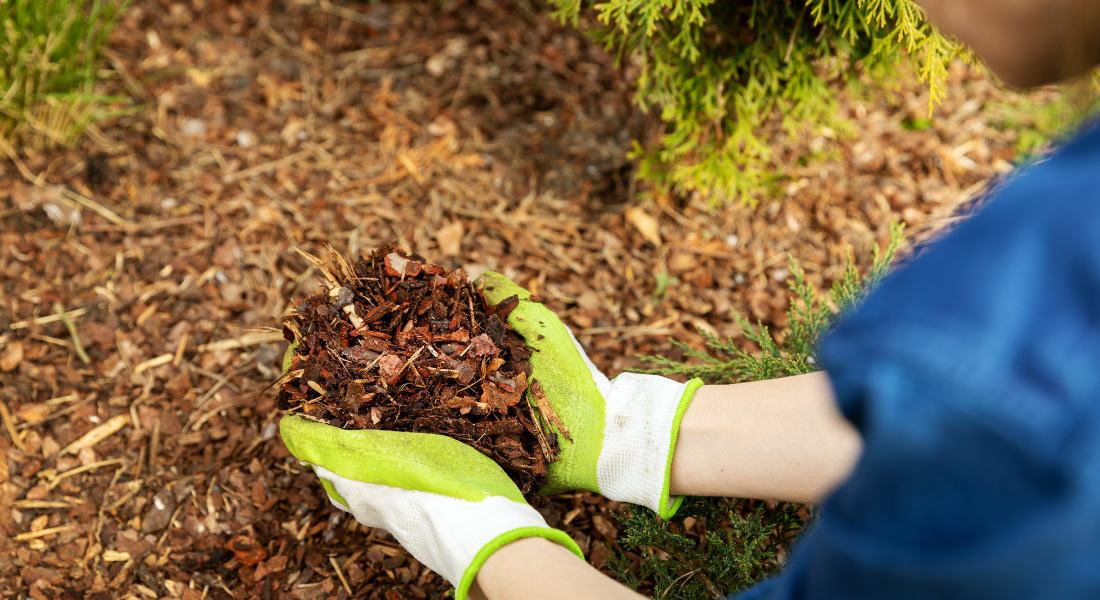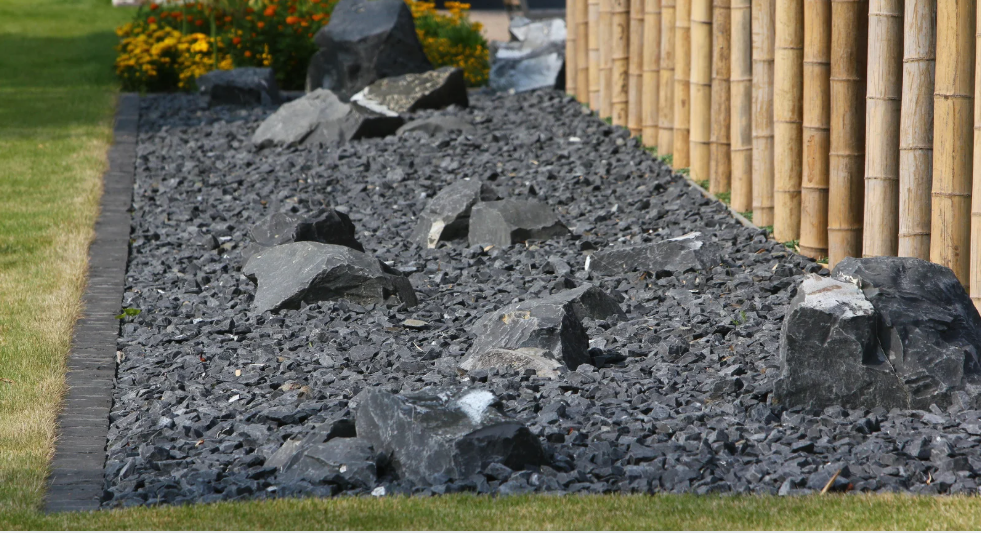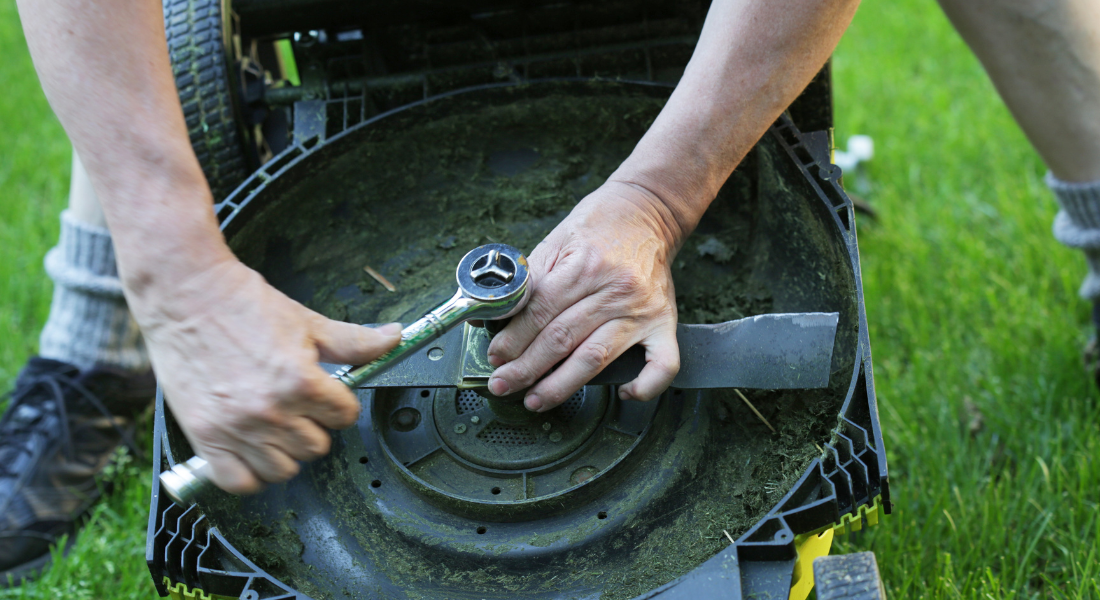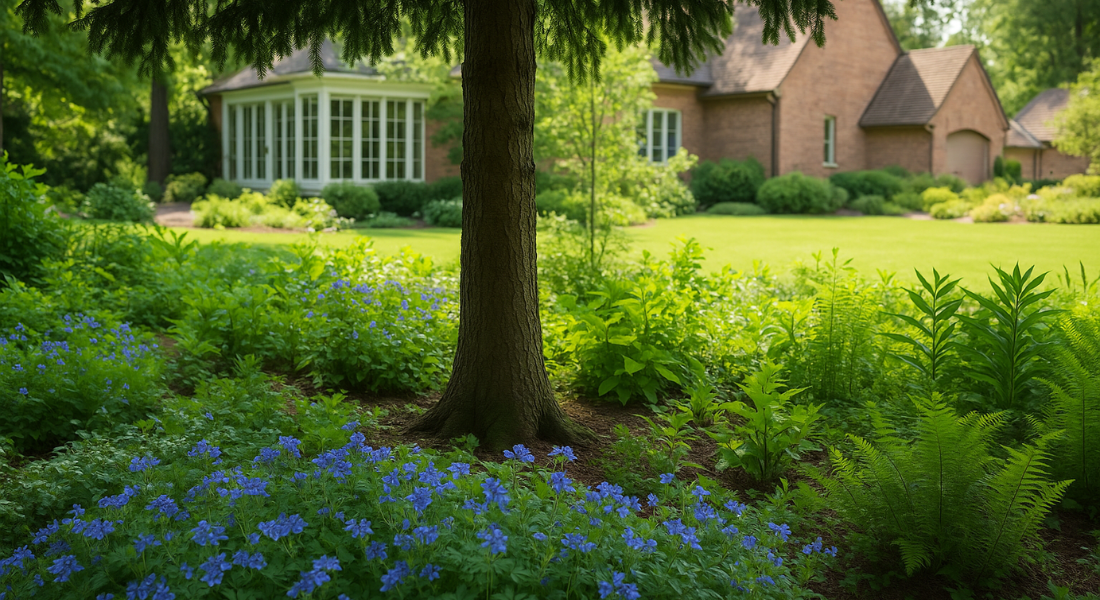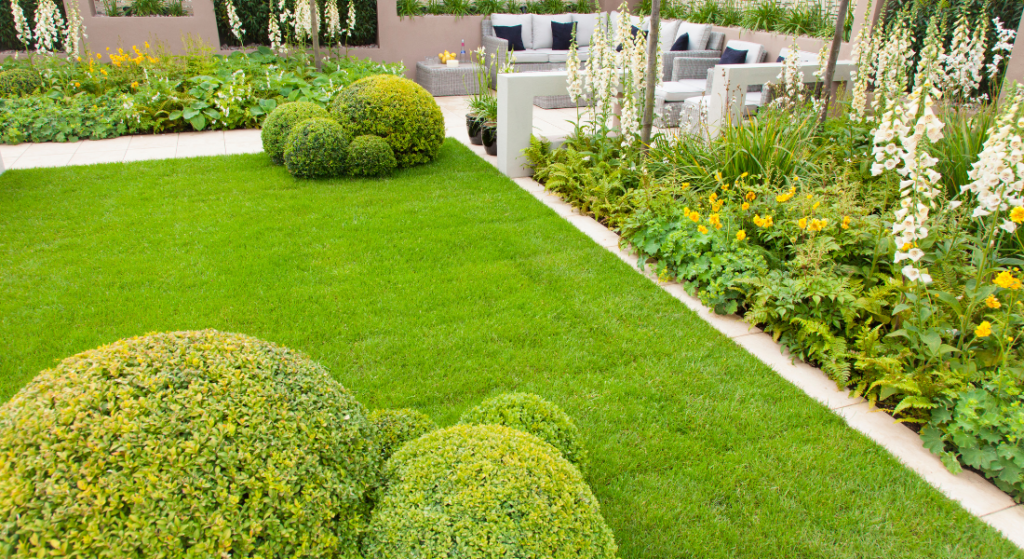How to Grow Grass After Tree Removal
Removing a tree from your yard is just the beginning. Once the tree is gone, the space it leaves behind often needs attention to restore it to its former beauty. Whether you’re dealing with a freshly ground stump or an uneven patch of soil, growing grass after tree removal can be a rewarding project.
This guide will walk you through the entire process, from preparing the soil to sowing grass seed and nurturing your new lawn. By following these steps, you’ll turn that bare spot into a lush, green oasis.
What Happens to Your Lawn After Tree Removal?
When you remove a tree, it leaves behind more than an empty space—it disrupts the soil and changes the landscape of your yard.
- Leftover roots and stumps : Even after grinding, the tree stump and roots begin a long process of decomposition. This can affect the surrounding soil.
- Soil nutrient depletion : Trees absorb nutrients like nitrogen from the soil. When they’re removed, the area may lack the nutrients needed for new growth.
Addressing these issues ensures a strong foundation for your grass to grow.
Should You Remove Wood Chips After Stump Grinding?
After stump grinding, you’re often left with a pile of wood chips. These can either help or hinder your lawn restoration efforts, depending on how you use them.
- Why remove them? Wood chips consume nitrogen as they decompose, robbing your soil of the nutrients needed to grow grass.
- How to use them wisely : Remove the excess wood chips and use them as mulch around shrubs or garden beds. Avoid leaving too many in the grass-growing area.
Clearing out the chips helps your soil stay nutrient-rich and ready for planting.
Preparing the Soil for Grass
Healthy grass starts with healthy soil. Preparing the ground after tree removal is critical for successful grass growth.
- Loosen compacted soil : Use a rake or shovel to break up the soil and remove debris.
- Add topsoil : Spread a layer of nutrient-rich topsoil over the area to restore what was lost.
- Mix in organic matter : Compost or slow-release fertilizer can improve soil quality and boost nitrogen levels.
This step ensures that the area is fertile and ready for planting grass.
How to Plant Grass After Tree Removal
Now it’s time to plant grass and start growing your new lawn. Here’s a step-by-step guide:
- Choose the right grass seed : Select a variety suited to your climate and lawn needs, such as cool-season or warm-season grass.
- Sow the seeds evenly : Spread the grass seed across the area, ensuring even coverage.
- Rake lightly : Use a rake to work the seeds into the soil, ensuring they’re in good contact for germination.
- Water consistently : Water the area daily to keep the soil moist, but not waterlogged.
Patience is key here—it takes time for seeds to germinate and grow into a lush lawn.

Should You Use Topsoil or Mulch?
Adding a layer of topsoil or mulch can make a big difference in how well your grass grows.
- Topsoil : Spread 2–3 inches of high-quality topsoil to provide a rich growing medium for grass seeds.
- Mulch : Use a light layer of mulch to help retain moisture and prevent erosion while the seeds germinate.
These materials create the ideal environment for your grass to thrive.
Is Fertilizer Necessary for New Grass?
Yes, fertilizer is essential to give your new grass a strong start.
- Why it’s important : Fertilizer replenishes the soil’s nutrients, especially nitrogen, which grass needs to grow.
- What to use : A starter fertilizer is ideal, as it releases nutrients slowly over time.
Applying fertilizer at the right time ensures your lawn has the resources it needs to establish itself.
How to Choose the Best Grass Seed for Your Lawn
Choosing the right grass seed is crucial to ensure success in Clarksville, TN, where the climate can vary.
- Consider your climate: For the cooler months, cool-season grasses like fescue or Kentucky bluegrass thrive in Clarksville. During warmer months, warm-season grasses like Bermuda or zoysia are better suited for the heat.
- Match your lawn’s needs: If your yard has a lot of shade, consider shade-tolerant varieties like fine fescue to help your lawn grow strong, even in lower light conditions.
Selecting the right seed for your specific needs will ensure your Clarksville lawn is healthy, lush, and vibrant all year round.
Watering Tips for Growing Grass
Consistent watering is essential for newly planted grass.
- How often to water : Water the area daily for the first few weeks, keeping the soil moist but not soaked.
- Use the right tools : A sprinkler or garden hose can help ensure even coverage.
When Can You Plant a New Tree?
After removing a tree, you may wonder if you can plant a new one in the same spot.
- Wait for the soil to settle : It can take months for the ground to recover from stump grinding.
- Choose to plant elsewhere : If you want a new tree right away, select a different location to avoid disturbing the soil.
Should You Hire a Professional?
If you’re unsure about any step in this process, hiring a professional can make things easier.
- Expert advice : Professionals can handle stump grinding, soil preparation, and grass planting.
- Save time and effort : They have the tools and experience to do the job quickly and effectively.
Revive Your Lawn with GreenLife Services
GreenLife Services in Clarksville, TN, is here to help you create a beautiful lawn you’ll love. We offer expert sod installation and lawn maintenance to fix bare spots and keep your yard looking its best. Whether it’s after tree removal or just time for an upgrade, we’ll do the hard work for you. Best of all, we offer free quotes to get you started. Contact us today and get your free quote!
Summary of Key Takeaways
- Remove wood chips : Excess wood chips can deplete the soil’s nutrients.
- Prepare the soil : Loosen the soil and add topsoil and compost.
- Plant grass : Choose the right grass seed, sow it evenly, and water consistently.
- Use fertilizer : Apply a starter fertilizer to boost nitrogen levels.
- Be patient : Grass takes time to grow—don’t rush the process.
- Wait to plant a new tree : Allow the soil to recover before planting in the same spot.
- Consider professional help : A tree service company can simplify the process.
Want to know the best tips for creating a lush, green lawn in Clarksville, TN? Check out our blog, “ How to Grow a Strong, Healthy Lawn in Clarksville, TN .” It’s packed with easy-to-follow advice on everything from preparing your soil to choosing the right grass seed and caring for your lawn year-round.
FAQs
Q. How to fix lawn after tree removal?
A. To fix your lawn after tree removal, start by removing any leftover wood chips from stump grinding, as they can deplete soil nutrients. Next, prepare the soil by loosening compacted areas, adding topsoil, and mixing in organic matter like compost. After preparing the ground, choose the right grass seed for your climate, evenly spread it across the area, and water regularly. Using a light layer of mulch can also help retain moisture during germination.
Q. How long does it take for the ground to settle after tree removal?
A. It can take several months for the ground to settle after tree removal. The soil needs time to recover from the disruption caused by the tree’s roots and stump grinding. During this time, it’s essential to avoid planting anything immediately and give the ground time to compact naturally before planting new grass or trees.
Q. How do you plant grass seed after tree removal?
A. To plant grass seed after tree removal, first prepare the soil by loosening compacted areas and adding a layer of topsoil or compost. Then, choose a grass variety suited for your region. Evenly spread the grass seed over the area, lightly rake it to ensure good seed-to-soil contact, and water the area daily to keep the soil moist. Be patient, as it may take time for the seeds to germinate and grow into a full lawn.
Q. Will grass grow over a ground stump?
A. Grass can grow over a ground stump, but it may take some time. After stump grinding, the area may still have leftover wood chips, which can affect soil nutrients and hinder grass growth. It’s important to remove the excess wood chips, prepare the soil properly, and give the ground time to settle before planting grass. With proper care, the grass can eventually grow over the area where the stump was.
